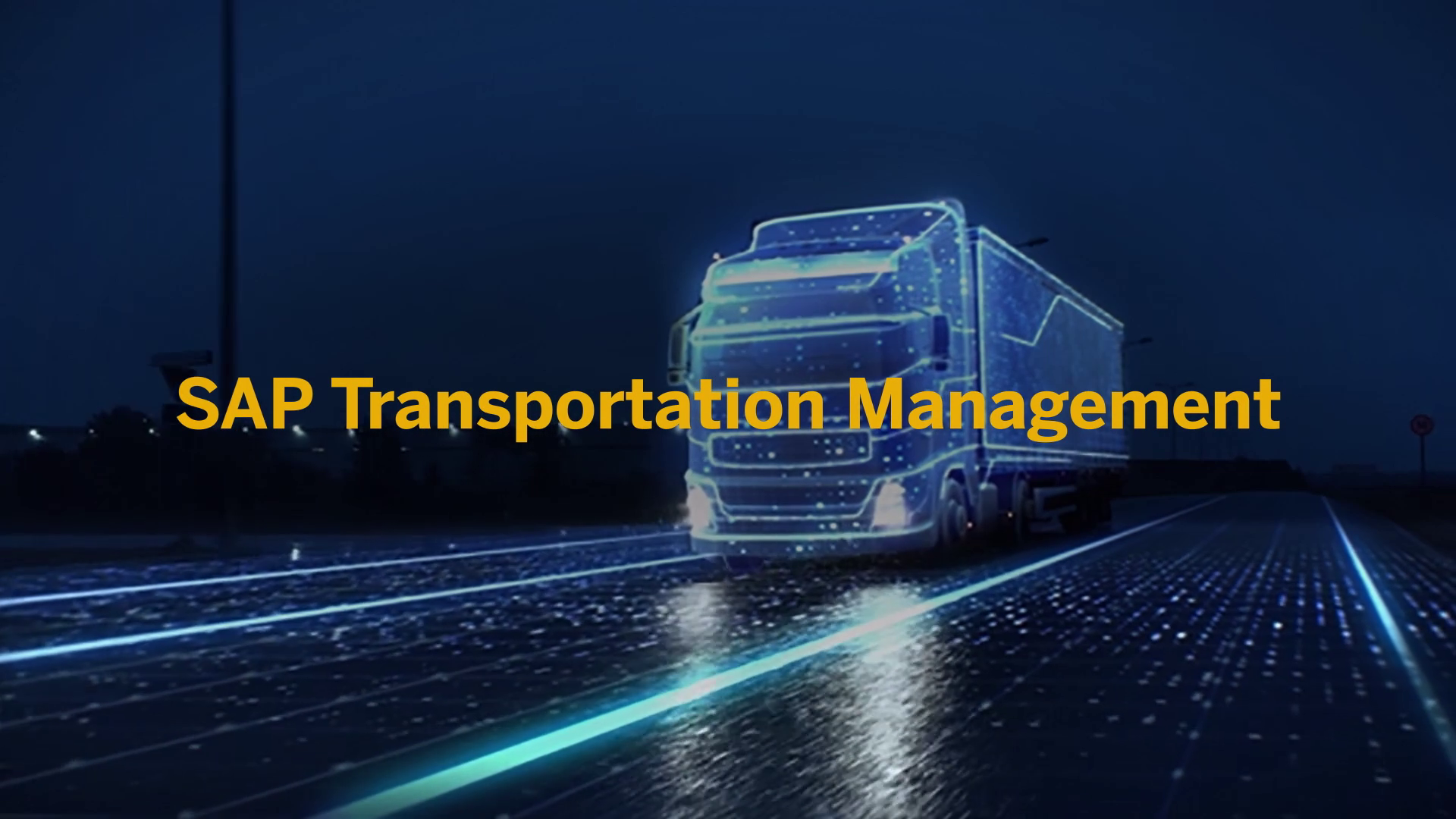Description
Introduction to SAP Transportation Management (SAP TM)
SAP Transportation Management (SAP TM) is an advanced solution designed to optimize the logistics and transportation processes for organizations. It helps businesses plan, execute, and monitor the entire transportation lifecycle efficiently, supporting both inbound and outbound logistics operations. SAP TM integrates with other SAP modules like SAP S/4HANA, SAP ERP, and SAP Extended Warehouse Management (EWM) to provide end-to-end visibility and control over transportation, reducing operational costs and enhancing delivery reliability.
SAP TM caters to various industries, providing features such as transportation planning, carrier selection, freight order management, freight cost calculation, and real-time tracking. It empowers organizations to streamline logistics processes, optimize fleet management, improve carrier collaboration, and ensure compliance with global trade regulations.
Prerequisites
To successfully implement and use SAP Transportation Management, the following prerequisites should be considered:
- SAP S/4HANA or SAP ERP License: SAP TM typically requires integration with SAP ERP or S/4HANA.
- Basic Knowledge of SAP Modules: Familiarity with logistics, supply chain, or SAP modules like SAP EWM or SAP ERP Logistics.
- Technical Infrastructure: Necessary technical setup and server configurations to support SAP TM functionalities.
- Training in Transportation Management: Understanding transportation planning, logistics processes, and cost management to effectively use SAP TM.
- Data Mapping and Integration: Knowledge of data mapping and integration points, especially if integrating with external carriers or third-party logistics (3PL) systems.
TABLE OF CONTENT
1.Introduction to SAP Transportation Management
1.1 Overview of SAP TM
1.2 Key Features and Capabilities
1.3 Importance of Transportation Management in Supply Chain
2.SAP TM Architecture
2.1 System Landscape
2.2 Components and Modules
2.3 Integration with Other SAP Modules
3.Master Data in SAP TM
3.1 Business Partners
3.2 Locations
3.3 Transportation Zones
3.4 Product Master Data
4.Transportation Planning
4.1 Freight Unit Building
4.2 Planning Strategies
4.3 Carrier Selection
4.4 Route Determination
5.Transportation Execution
5.1 Order Management
5.2 Shipment Building
5.3 Tendering Process
5.4 Carrier Collaboration
6.Monitoring and Event Management
6.1 Tracking and Tracing(Ref: Project Management Tools for Business: Tracking Progress and Productivity )
6.2 Event Handling
6.3 Visibility in Transportation
7.Freight Cost Management
7.1 Rate Management
7.2 Freight Cost Calculation
7.3 Settlement Process
8.SAP TM Analytics and Reporting
8.1 Standard Reports
8.2 Custom Reporting
8.3 Analytics for Decision-Making
9.Integration with SAP S/4HANA and Other Systems
9.1 SAP TM and SAP S/4HANA Integration
9.2 Integration with ERP Systems
9.3 External System Integration







Reviews
There are no reviews yet.